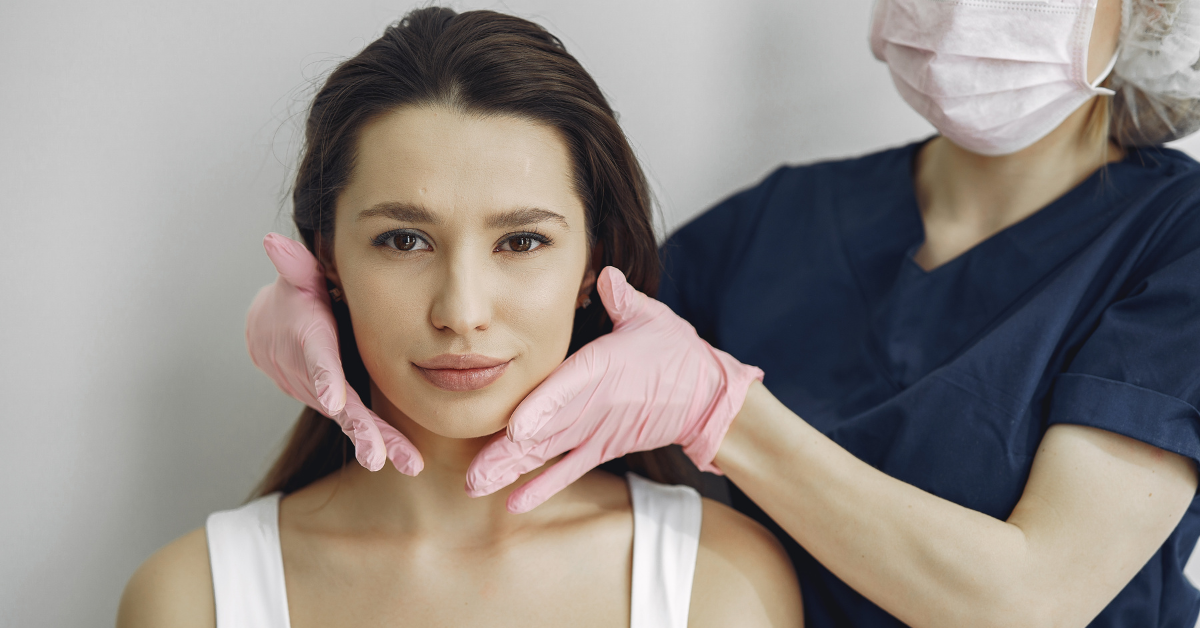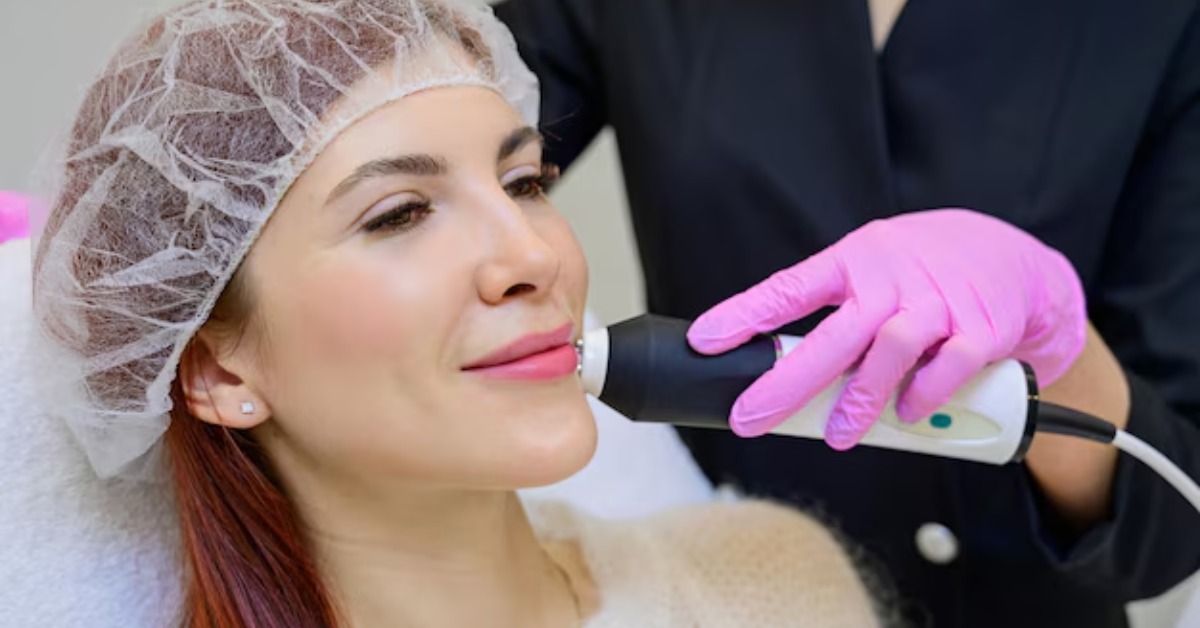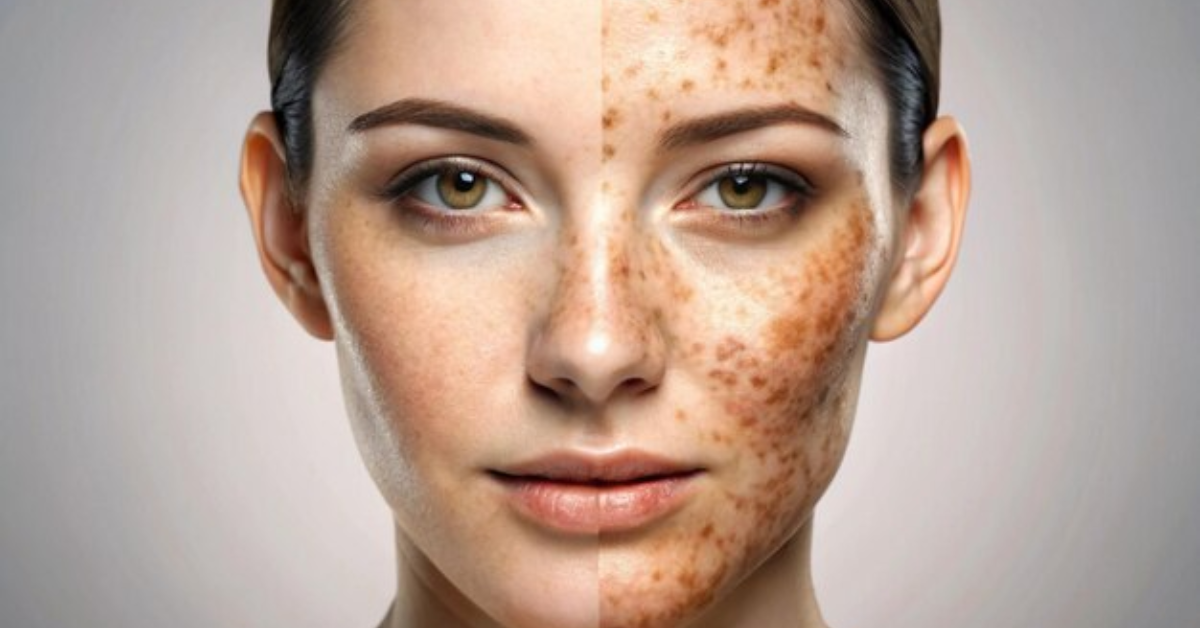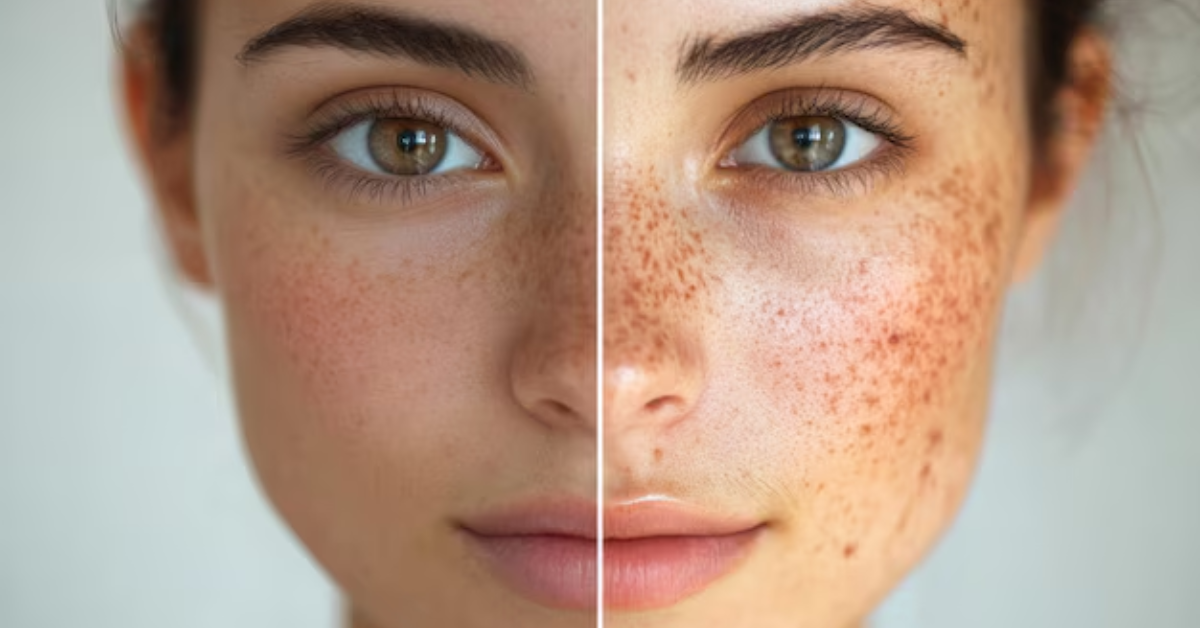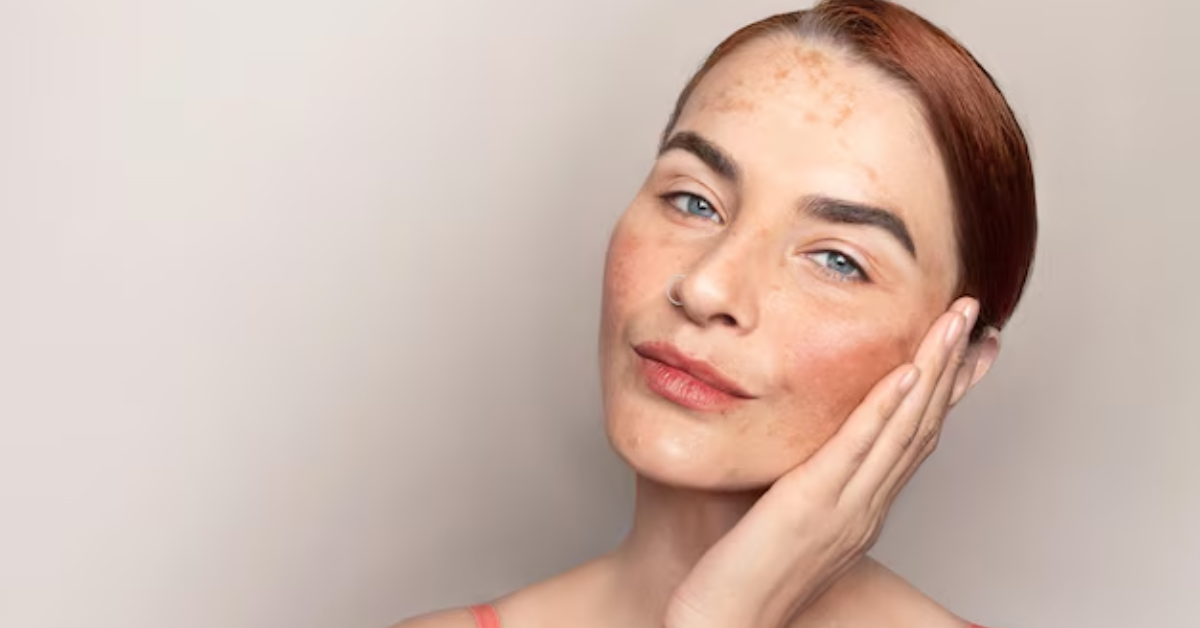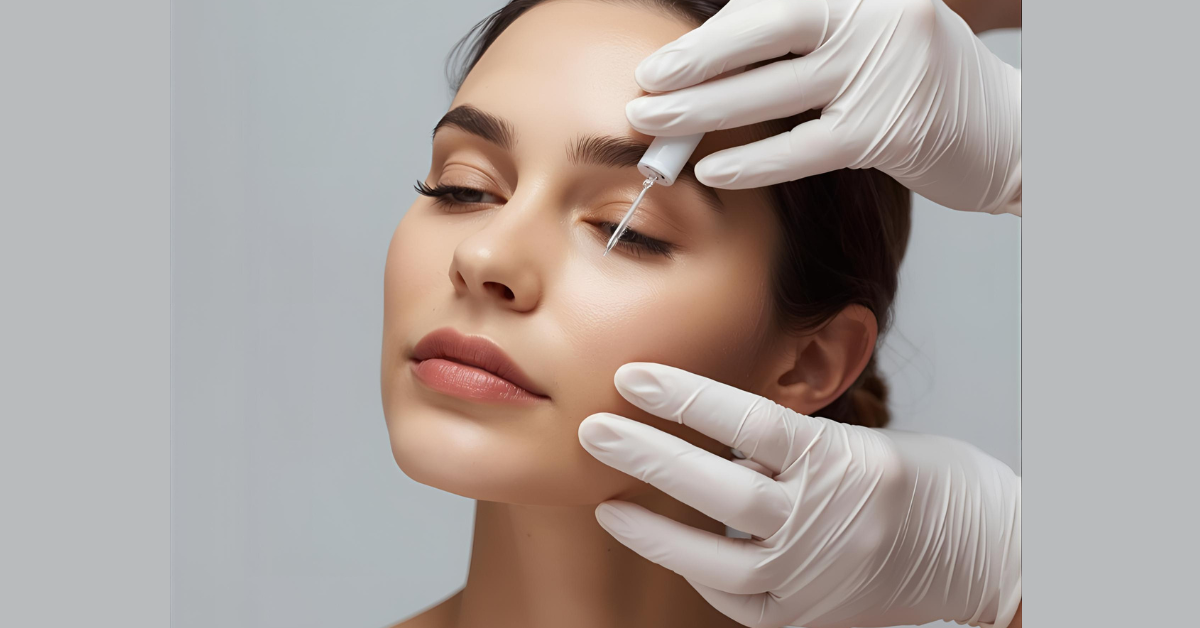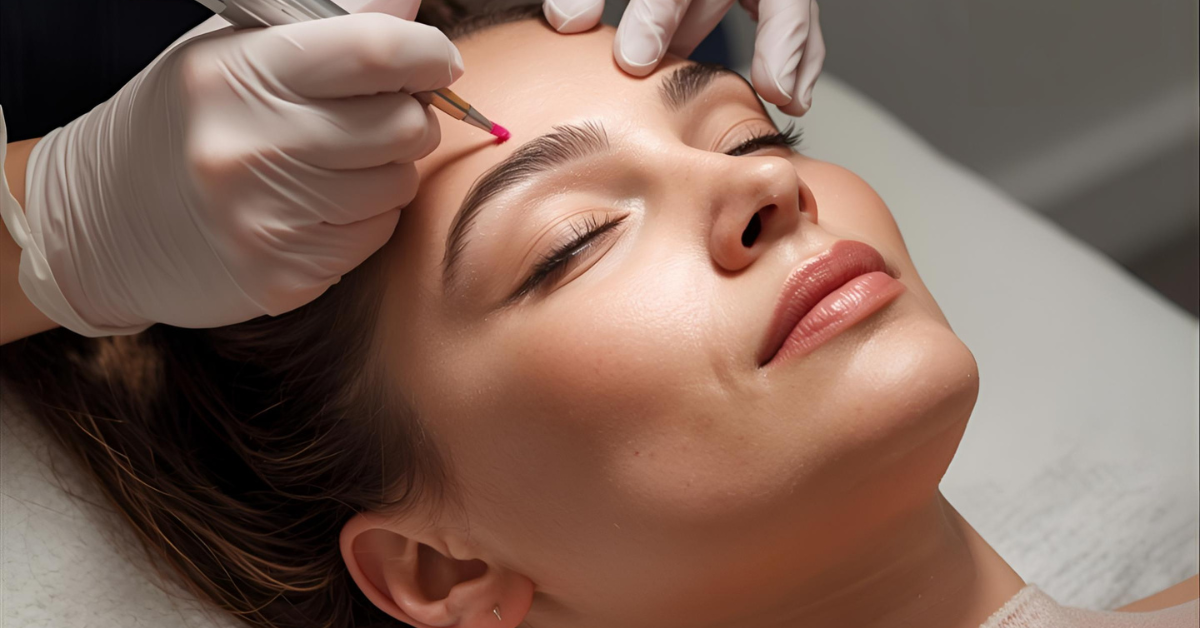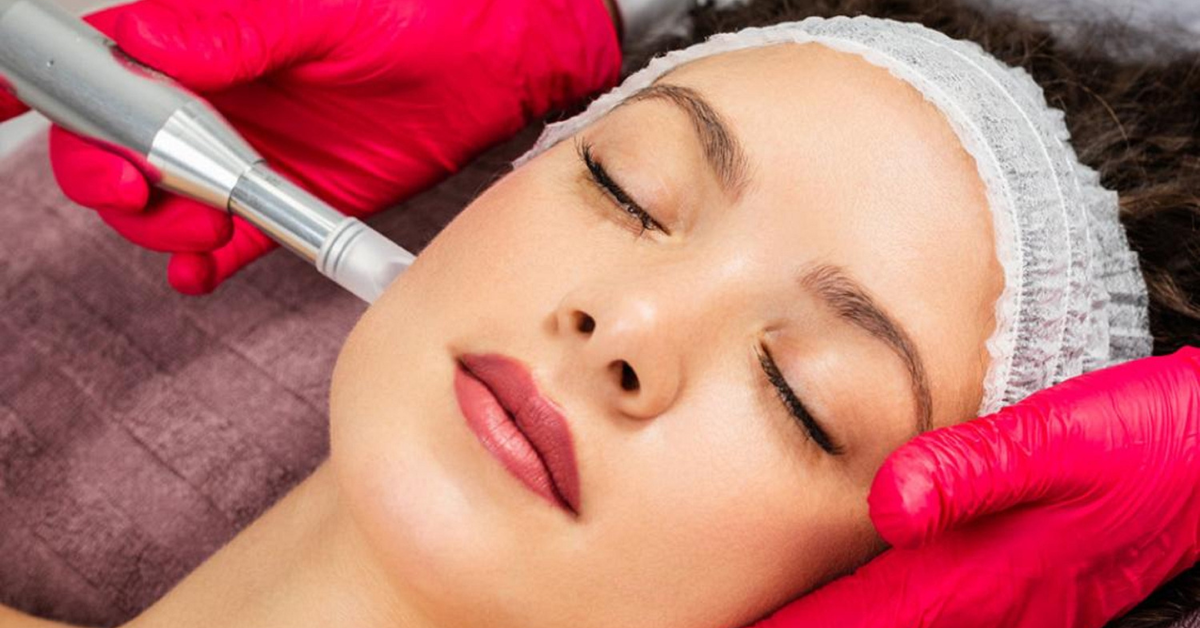What Is Hyperpigmentation and How to Treat It?
Have you ever noticed patches of darker skin on your face or body that just won’t fade away? That’s what dermatologists call hyperpigmentation. It’s one of the most common skin concerns affecting people of all ages, skin types, and tones. While it’s usually harmless, hyperpigmentation can affect your confidence and make your complexion look uneven. The good news? With the right skincare routine, lifestyle habits, and treatments, you can significantly reduce it and restore your natural glow.
Let’s break down what hyperpigmentation really is, what causes it, and the most effective ways to treat it naturally and professionally.
How To Understand Hyperpigmentation
Hyperpigmentation is the darkening of certain areas of the skin caused by an excess production of melanin—the pigment that gives skin its color. When your skin produces too much melanin in one spot, that area appears darker than the rest.
It can appear as brown, black, red, or grayish spots, depending on your skin tone and the type of pigmentation. Although it’s not a medical threat, it can be frustrating, especially if it appears on visible areas like your face, neck, or hands.
Common Causes of Hyperpigmentation
Understanding the root cause helps in finding the right pigmentation treatment. Here are the main culprits behind hyperpigmentation:
1. Sun Exposure
Excessive exposure to UV rays stimulates melanin production as a defense mechanism. Over time, this leads to sunspots or age spots, particularly on areas exposed to sunlight like the face and arms.
2. Hormonal Changes
Hormonal fluctuations, especially during pregnancy or while using birth control pills, can trigger melasma, a type of hyperpigmentation that appears as symmetrical patches on the face.
3. Post-Inflammatory Hyperpigmentation (PIH)
PIH develops after an injury or inflammation, such as acne, eczema, or even a cut. When the skin heals, it can leave behind dark marks.
4. Medications and Health Conditions
Certain medications—like antibiotics, anti-seizure drugs, or chemotherapy—can cause pigmentation as a side effect. Medical conditions such as Addison’s disease or thyroid disorders may also lead to darker patches.
Types of Hyperpigmentation
Not all pigmentation is the same. Here are the most common types:
- Melasma: Hormonal pigmentation, often seen on the forehead, cheeks, and upper lip.
- Sunspots (Lentigines): Caused by UV exposure, they typically appear on sun-exposed areas.
- Post-Inflammatory Hyperpigmentation: Dark spots left after acne or injury.
Each type responds differently to treatment, which is why identifying the cause is essential before starting any pigmentation treatment.
How to Treat Hyperpigmentation
There’s no one-size-fits-all solution, but combining the right products, treatments, and sun protection can significantly reduce pigmentation.
1. Topical Treatments
Vitamin C: A powerful antioxidant that brightens the skin and fades dark spots by inhibiting melanin production.
Niacinamide: Also known as Vitamin B3, it helps to reduce inflammation and lighten existing pigmentation while strengthening the skin barrier.
Retinoids: Retinoids accelerate cell turnover, helping the skin shed pigmented cells and produce fresh, even-toned skin.
Hydroquinone (With Caution): A dermatologist-prescribed bleaching agent that can be effective but should be used under supervision, as overuse may cause irritation or rebound pigmentation.
2. Professional Treatments
For stubborn pigmentation, dermatologists may recommend one or more of the following:
- Chemical Peels: Use acids like glycolic or lactic acid to exfoliate the top layer of the skin and reduce discoloration.
- Laser Therapy: Targets melanin in the deeper layers, breaking it down for a more even tone.
- Microneedling: Stimulates collagen and helps with the absorption of lightening serums.
- Microdermabrasion: Gently polishes away dead skin cells and surface-level pigmentation.
Each treatment has its pros and cons, and results vary depending on your skin type. Always consult a qualified professional before choosing one.
3. Natural Remedies
If you prefer a more natural approach, certain ingredients can help brighten your skin over time:
- Aloe Vera: Contains aloin, which lightens pigmentation naturally.
- Licorice Extract: Reduces melanin production and calms inflammation.
- Green Tea Extract: Offers antioxidant protection and fades dark marks gradually.
While these remedies are gentle, they usually take longer to show visible results compared to clinical treatments.
Preventing Hyperpigmentation
Treating pigmentation is one thing, but preventing it is even more important. Here are some tips to keep your skin tone even and radiant:
- Always wear sunscreen (SPF 30 or higher) — even on cloudy days.
- Avoid touching or picking pimples to prevent post-inflammatory marks.
- Use antioxidants like Vitamin C daily to protect your skin from environmental stress.
- Stick to a consistent skincare routine — results take time but consistency pays off.
When to See a Dermatologist
If you’ve tried over-the-counter products for months without improvement, or your pigmentation is spreading or darkening, it’s best to visit a dermatologist. They can assess your condition, rule out underlying causes, and recommend stronger or more targeted pigmentation treatments.
At Malka Med Spa, you can experience advanced skin care solutions tailored to your unique needs. Our team offers professional pigmentation treatments using safe, effective techniques designed to restore your skin’s natural glow and even tone.
Conclusion
Hyperpigmentation might make your skin appear uneven, but it’s manageable with patience and the right care. Whether you choose topical products, professional treatments, or natural options, the key is consistency and protection from UV rays. Healthy, even-toned skin is achievable — it just requires the right approach and a little bit of time.
Frequently Asked Questions (FAQ)
Q1. Can hyperpigmentation go away on its own?
A: Mild cases, like post-acne marks, may fade over time, but deeper pigmentation usually needs treatment to fully disappear.
Q2. What is the best ingredient for treating hyperpigmentation?
A: Vitamin C, niacinamide, and retinoids are among the most effective ingredients to lighten dark spots and brighten the skin.
Q3. How long does it take to treat hyperpigmentation?
A: Visible improvement can take anywhere from 4 to 12 weeks, depending on the severity and the treatment method used.
Q4. Can I use home remedies for pigmentation?
A: Yes, natural ingredients like aloe vera and licorice root can help, but results are slower compared to medical treatments.
Q5. Does sunscreen really help with pigmentation?
A: Absolutely. Daily sunscreen use prevents existing pigmentation from worsening and stops new dark spots from forming.

